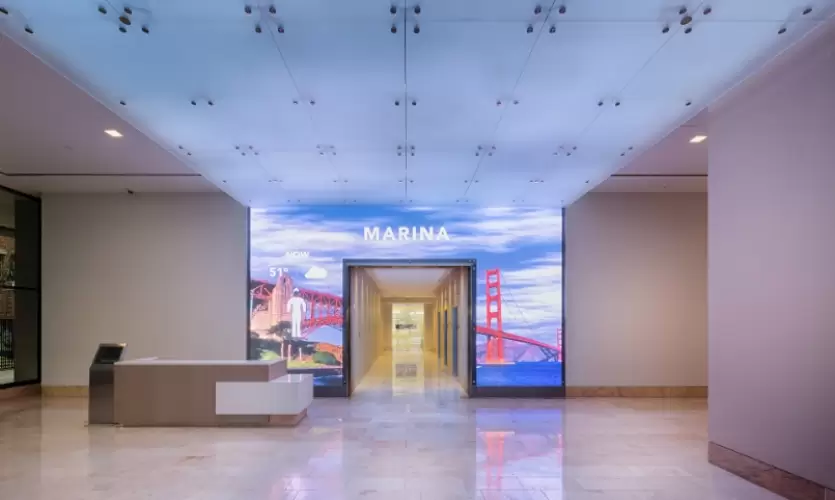LCD vs LED Video Walls – What’s best for your business?

As digital signage technology continues to expand, digital displays are exponentially increasing in size. At 25,000 square feet, the largest video wall in the world has been recently revealed in NYC’s Times Square. It is said to provide advertisers with more than two million impressions weekly and spans an entire city block.
So, things are getting big…really big. Video walls aren’t just made for a giant billboard in New York, they can also be used in a variety of places where disseminating information is important and advertising is possible. This can include:
- Auditoriums
- Casinos
- Schools
- Retail
- Corporations
- Hospitals
- Hotels
- Control Rooms
- Conference Rooms
For companies interested in jumping into the world of video walls, or even upgrading your existing technology, the biggest question you’ll have to deal with is whether LED or LCD is right for your video wall.
Figuring out which type of display is right for you doesn’t need to be arduous. We’ve rounded up a number of differences and considerations to help you make the most informed decision
1 – Picture Quality
Image quality is one of the most contentious issues when it comes to the LED vs. LCD video wall debate. LED displays generally have better picture quality compared to their LCD counterparts. From black levels to contrast and even colour accuracy, LED displays usually come out on top. Among LED screens, full-array back-lit displays with local dimming provide the best picture quality. There is usually no difference in terms of viewing angle. This instead depends on the quality of glass panel used.
The question of viewing distance may crop up in LED vs. LCD discussions. In general there is not a huge distance between the two technologies. If viewers will be watching from up close the screen needs a high pixel density regardless of whether your video wall uses LED or LCD technology.
2 – Does it save energy?
It’s generally accepted that LED displays have the lowest energy consumption levels of all displays. LCD displays commonly consume more energy than plasma and CRT displays, neither of which are in production.
In their research, CNET found that “No question, LED and LCDs have the lowest energy consumption” in a comparative test between plasma, LCD and LED displays.
3 – Size (and slimness)
LED displays also win in terms of thickness, or lack thereof The reason, once again, being the advanced lighting technology. To start with, light emitting diodes are much smaller compared to the fluorescent lamps used in LCD displays.
Secondly, when the LEDs are placed at the edges as opposed to the back end of the display, the resulting screen will obviously be thinner. This explains why edge-lit LED screens are the slimmest displays available.
The old adage, “the bigger the better,” is definitely true when it comes to AV. A video wall immediately symbolizes your company is established, and sends a subconscious message that people should take your business seriously. Video walls help you stand out, and compete with all the other businesses who are investing in splashy, eye-catching displays.
If you’re looking for a video wall we would love to discuss our solutions with you! Every ComSat AV video wall is purpose-built and can be customized to meet the unique demands of your use-case and environment.
We’re always available to answer your questions. Contact us anytime!


